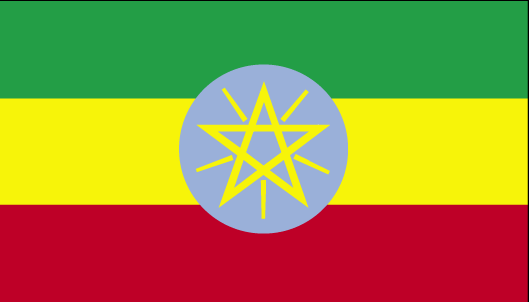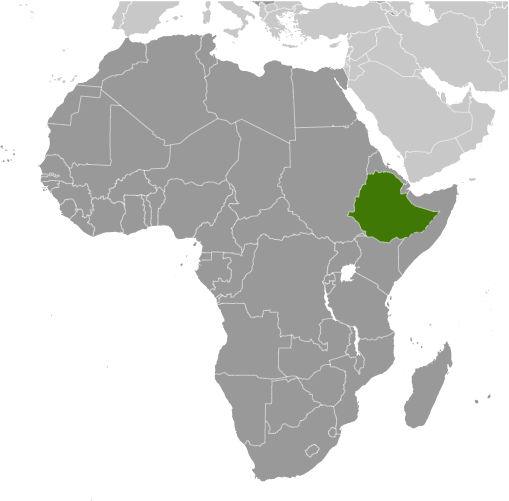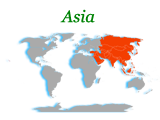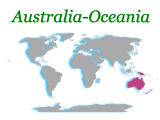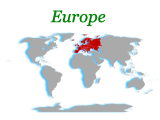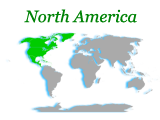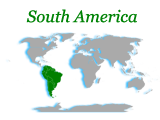Unique among African countries, the ancient Ethiopian monarchy maintained its freedom from colonial rule with the exception of a short-lived Italian occupation from 1936-41. In 1974, a military junta, the Derg, deposed Emperor Haile SELASSIE (who had ruled since 1930) and established a socialist state. Torn by bloody coups, uprisings, wide-scale drought, and massive refugee problems, the regime was finally toppled in 1991 by a coalition of rebel forces, the Ethiopian People's Revolutionary Democratic Front (EPRDF). A constitution was adopted in 1994, and Ethiopia's first multiparty elections were held in 1995. A border war with Eritrea late in the 1990s ended with a peace treaty in December 2000. In November 2007, the Eritrea-Ethiopia Border Commission remotely demarcated the border by geographical coordinates, but final demarcation of the boundary on the ground is currently on hold because of Ethiopian objections to an international commission's finding requiring it to surrender territory considered sensitive to Ethiopia.
Population
88,013,491
Country comparison to the world:14
note: estimates for this country explicitly take into account the effects of excess mortality due to AIDS; this can result in lower life expectancy, higher infant mortality, higher death rates, lower population growth rates, and changes in the distribution of population by age and sex than would otherwise be expected (July 2010 est.)
Nationality
Noun:Ethiopian(s)
Adjective:Ethiopian
Ethnic groups
Oromo 32.1%, Amara 30.1%, Tigraway 6.2%, Somalie 5.9%, Guragie 4.3%, Sidama 3.5%, Welaita 2.4%, other 15.4% (1994 census)
Religions
Christian 60.8% (Orthodox 50.6%, Protestant 10.2%), Muslim 32.8%, traditional 4.6%, other 1.8% (1994 census)
Languages
Amarigna 32.7%, Oromigna 31.6%, Tigrigna 6.1%, Somaligna 6%, Guaragigna 3.5%, Sidamigna 3.5%, Hadiyigna 1.7%, other 14.8%, English (major foreign language taught in schools) (1994 census)
Country Name
Conventional long form:Federal Democratic Republic of Ethiopia
Conventional short form:Ethiopia
Local long form:Ityop'iya Federalawi Demokrasiyawi Ripeblik
Local short form:Ityop'iya
Former:Abyssinia, Italian East Africa
abbreviation: FDRE
Government Type
federal republic
Capital
Name:Addis Ababa
Geographic coordinates: 9 02 N, 38 42 E
Time difference:UTC+3 (8 hours ahead of Washington, DC during Standard Time)
Administrative divisions
9 ethnically based states (kililoch, singular - kilil) and 2 self-governing administrations* (astedaderoch, singular - astedader); Adis Abeba* (Addis Ababa), Afar, Amara (Amhara), Binshangul Gumuz, Dire Dawa*, Gambela Hizboch (Gambela Peoples), Hareri Hizb (Harari People), Oromiya (Oromia), Sumale (Somali), Tigray, Ye Debub Biheroch Bihereseboch na Hizboch (Southern Nations, Nationalities and Peoples)
Independence
oldest independent country in Africa and one of the oldest in the world - at least 2,000 years
National Holiday
National Day (defeat of MENGISTU regime), 28 May (1991)
Constitution
ratified 8 December 1994, effective 22 August 1995
Legal system
based on civil law; currently transitional mix of national and regional courts; has not accepted compulsory ICJ jurisdiction
Suffrage
18 years of age; universal
Executive branch
Chief of state:President GIRMA Woldegiorgis (since 8 October 2001)
Head of government:Prime Minister MELES Zenawi (since August 1995)
Cabinet:Council of Ministers as provided for in the December 1994 constitution; ministers selected by the prime minister and approved by the House of People's Representatives
(For more information visit the World Leaders website)
Elections:president elected by the House of People's Representatives for a six-year term (eligible for a second term); election last held on 9 October 2007 (next to be held in October 2013); prime minister designated by the party in power following legislative elections
Election results:GIRMA Woldegiorgis elected president; percent of vote by the House of People's Representatives - 79%
Legislative branch
bicameral Parliament consists of the House of Federation (or upper chamber responsible for interpreting the constitution and federal-regional issues) (108 seats; members chosen by state assemblies to serve five-year terms) and the House of People's Representatives (or lower chamber responsible for passing legislation) (547 seats; members directly elected by popular vote from single-member districts to serve five-year terms)
Elections:last held on 15 May 2005 (next to be held on 23 May 2010)
Election results:percent of vote - NA; seats by party - EPRDF 327, CUD 109, UEDF 52, SPDP 23, OFDM 11, BGPDUF 8, ANDP 8, independent 1, others 6, undeclared 2
note: some seats still remain vacant as detained opposition MPs did not take their seats
Judicial branch
Federal Supreme Court (the president and vice president of the Federal Supreme Court are recommended by the prime minister and appointed by the House of People's Representatives; for other federal judges, the prime minister submits to the House of People's Representatives for appointment candidates selected by the Federal Judicial Administrative Council)
Political Parties and Leaders
Afar National Democratic Party or ANDP [Mohammed Kedir]; Arena Tigray; Benishangul Gumuz People's Democratic Unity Front or BGPDUF [Mulualem BESSE]; Coalition for Unity and Democratic Party or CUDP; Ethiopian People's Revolutionary Democratic Front or EPRDF; Gurage Nationalities' Democratic Movement or GNDM; Oromo Federalist Democratic Movement or OFDM [BULCHA Demeksa]; Oromo People's Congress or OPC [IMERERA Gudina]; Somali Democratic Alliance Forces (SODAF); Somali People's Democratic Party or SPDP; United Ethiopian Democratic Forces or UEDF [BEYENE Petros]; Unity for Democracy and Justice or UDJ [Birtukan MEDEKSA, currently imprisoned]
Political pressure groups and leaders
Ethiopian People's Patriotic Front or EPPF; Ogaden National Liberation Front or ONLF; Oromo Liberation Front or OLF [DAOUD Ibsa]
International organization participation
ACP, AfDB, AU, COMESA, FAO, G-24, G-77, IAEA, IBRD, ICAO, ICRM, IDA, IFAD, IFC, IFRCS, IGAD, ILO, IMF, IMO, Interpol, IOC, IOM (observer), IPU, ISO, ITSO, ITU, ITUC, MIGA, MINURCAT, NAM, OPCW, PCA, UN, UNAMID, UNCTAD, UNESCO, UNHCR, UNIDO, UNMIL, UNOCI, UNWTO, UPU, WCO, WFTU, WHO, WIPO, WMO, WTO (observer)
Diplomatic representation in the US
Chief of mission:Ambassador Samuel ASSEFA
Chancery:3506 International Drive NW, Washington, DC 20008
Telephone: [1] (202) 483-6410
FAX: [1] (202) 483-6488
Consulate(s) general: Los Angeles, New York
Diplomatic representation from the US
Chief of mission: Ambassador Karl W. EIKENBERRY
Embassy: The Great Masood Road, Kabul
Mailing address: U.S. Embassy Kabul, APO, AE 09806
Telephone: [93] 0700 108 001
FAX: [93] 0700 108 564
Flag description
Three equal vertical bands of black (hoist side), red, and green, with the national emblem in white centered on the red band and slightly overlapping the other two bands; the center of the emblem features a mosque with pulpit and flags on either side, below the mosque are numerals for the solar year 1298 (1919 in the Gregorian calendar, the year of Afghan independence from the UK); this central image is circled by a border consisting of sheaves of wheat on the left and right, in the upper-center is an Arabic inscription of the Shahada (Muslim creed) below which are rays of the rising sun over the Takbir (Arabic expression meaning "God is great"), and at bottom center is a scroll bearing the name Afghanistan
note: Afghanistan had more changes to its national flag in the 20th century than any other country; the colors black, red, and green appeared on most of them
